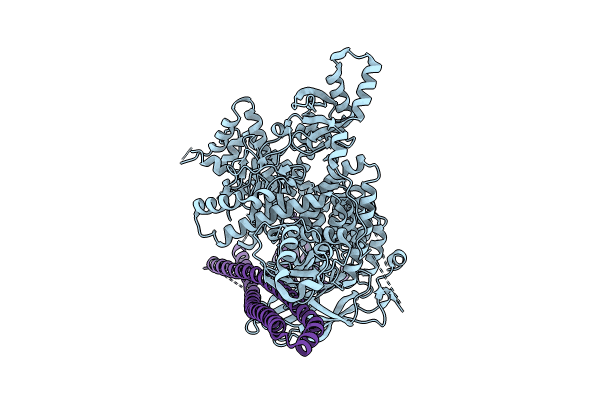
Deposition Date
2023-08-15
Release Date
2023-11-15
Last Version Date
2025-05-28
Method Details:
Experimental Method:
Resolution:
3.12 Å
Aggregation State:
PARTICLE
Reconstruction Method:
SINGLE PARTICLE


